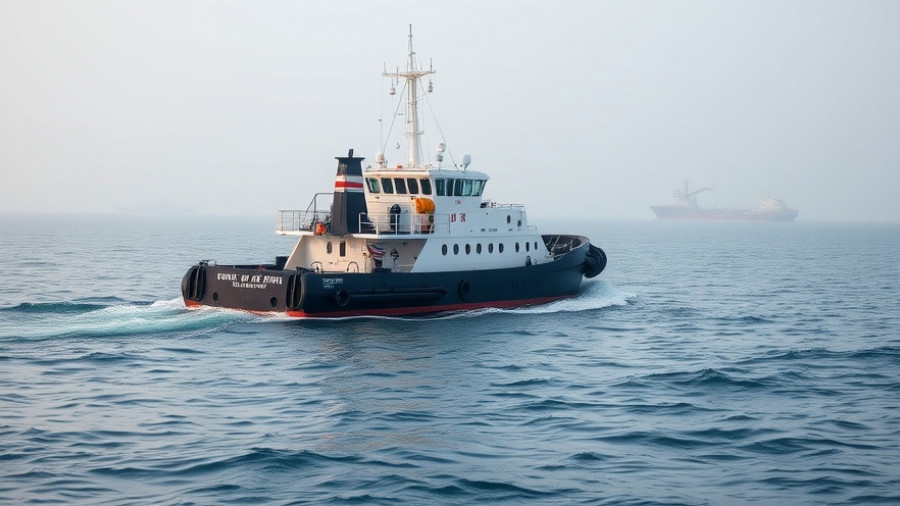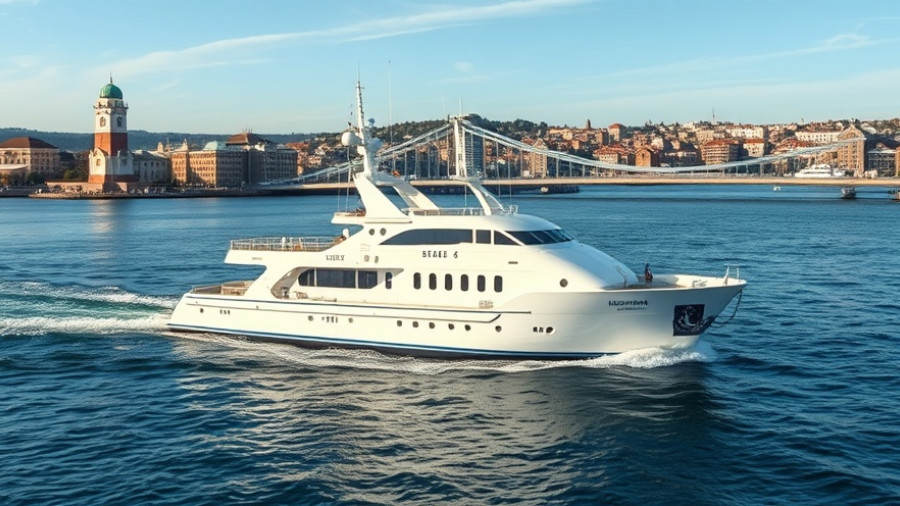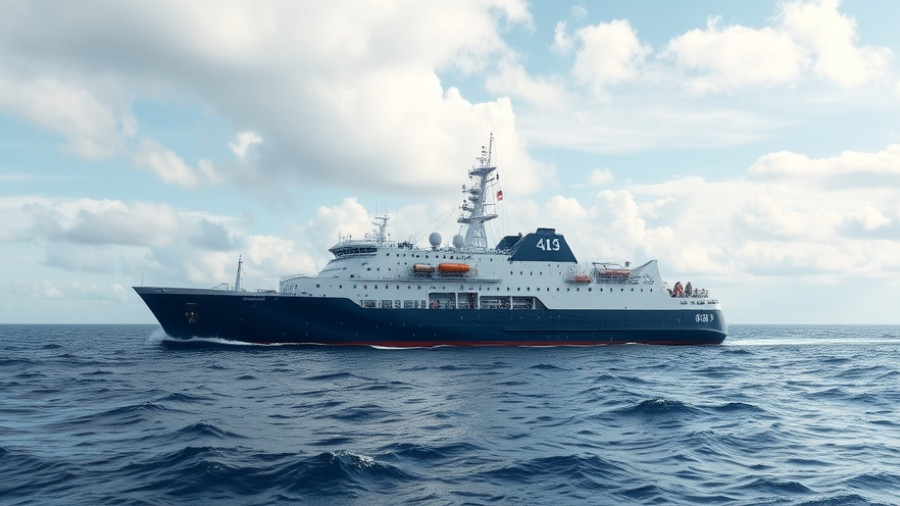
Understanding the New Sanctions: What It Means for Russia and Ukraine
On a recent Tuesday, the European Union and Britain unveiled a new set of sanctions directed at Russia, marking a significant step in their efforts to gain leverage over the ongoing conflict in Ukraine. Unlike previous measures, these sanctions were enacted without waiting for the United States to join, highlighting a shift in diplomatic strategy amidst the complexities of international relations.
These sanctions specifically target Moscow's "shadow fleet" of oil tankers and financial institutions that have been instrumental in circumventing previous sanctions. This tactic is not only aimed at applying economic pressure but also at showcasing a unified front among European nations against Russia's continual aggression.
Ukrainian President Volodymyr Zelenskiy expressed gratitude for these measures, emphasizing their importance in holding the perpetrators of the war accountable. However, he also noted the necessity for the U.S. to remain involved in the peace process, underscoring the collaborative nature of international diplomacy in crisis resolution.
The Dynamics of International Sanctions
The idea behind sanctions is as old as diplomacy itself—hit the aggressor where it hurts economically to force a rethink of their strategy. Sanctions serve not only to penalize the offending nation but also act as signals to the international community regarding unacceptable behavior. However, the efficacy of such measures is often met with skepticism.
Historically, sanctions have been both effective and ineffective. The United Nations' sanctions on Iraq in the 1990s were meant to pressure Saddam Hussein but drew immense humanitarian criticism instead. As a case study, these new sanctions against Russia will provide essential data for future global interventions—evaluating whether economic strains can truly reshape national agendas.
Trump’s Dilemma and the U.S. Response
The recent phone call between President Trump and Putin sheds light on a crucial dilemma facing U.S. foreign policy. Trump's hesitation on enacting new sanctions illustrates a pivot in the American approach toward diplomacy that opts for persuasion over confrontation. His strategy is predicated on the belief that threats of sanctions might hinder ongoing talks, thus prolonging a war that he once proclaimed would end swiftly.
Critics argue that this strategy may embolden Russia to continue its offensive while leaving Ukraine vulnerable, risking a stalemate rather than fostering peace. The mixed signals from the U.S. administration could reflect an ongoing struggle to balance assertiveness with diplomacy—making it essential for U.S. leaders to keep their allies informed and engaged.
Future Predictions: What Lies Ahead?
The situation presents a precarious path forward. If the sanctions are effective, we could see a tangible shift in Russia's approach to negotiations. Alternatively, continued resistance from Moscow may lead not only to deeper sanctions but potentially escalate into wider confrontations involving other global players. European leaders are already hinting at further measures while expecting the U.S. to align its foreign policy more closely with European allies.
Given the complexity of international relations today, the best-case scenario is a united front that forces Russia to reconsider its actions, a reinforced NATO presence in Eastern Europe, and a renewed commitment from the U.S. to support its allies diplomatically and militarily.
Conclusion: The Importance of Collaboration
In sum, the recent sanctions by the EU and Britain reflect a proactive approach rooted in collaboration and urgency. The efficacy of these sanctions, coupled with clear messaging from the U.S., could redefine the landscape of international diplomacy in the face of aggression. As we navigate these turbulent waters, it is imperative that nations work collectively for peace while holding aggressors accountable.
The ever-evolving geopolitical landscape requires vigilant attention from all parties involved. Through continued dialogue and strategies that reflect solidarity, the hope remains strong for a resolution that benefits not only Ukraine but the wider global community.
 Add Row
Add Row  Add
Add 




Write A Comment